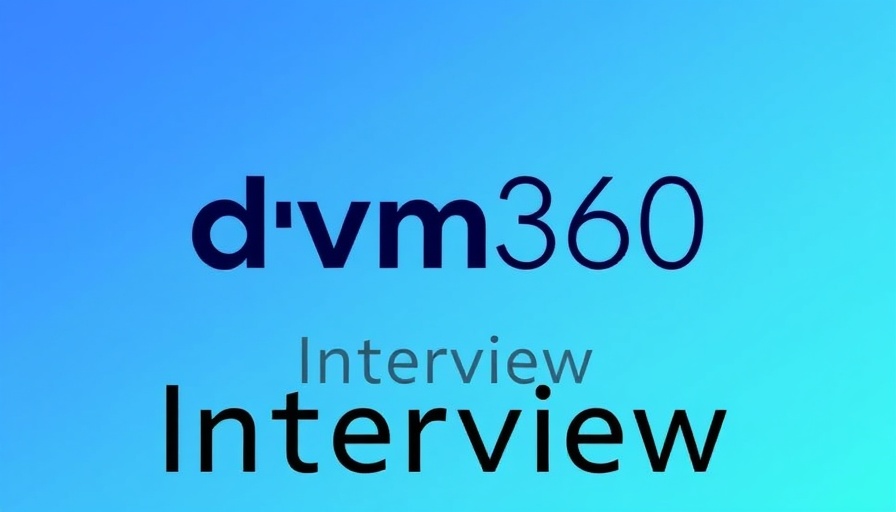
Why the 996 Work Culture is Gaining Popularity in AI
In the relentless pursuit of technological advancement, some AI startups are adopting an extreme work culture known as the "996" schedule, reflecting a disturbing trend inspired by its origins in Chinese tech companies. This format entails working from 9 a.m. to 9 p.m., six days a week, and while it has roots in the ambition of tech giants like Alibaba, critics label it as akin to "modern slavery." Startups fear falling behind their competitors, believing that long hours equate to greater innovation and product development.
Is Overwork Actually Productive?
At first glance, it might seem that the 996 model could yield short-term productivity boosts, but evidence increasingly suggests otherwise. Studies, like one published in the Kansas Journal of Medicine, have demonstrated a direct correlation between high stress levels in workers and decreased productivity. The very model that many AI companies are looking to adopt is ultimately unsustainable, as overworked employees face burnout, leading to drops in overall effectiveness. It appears that while some might gain a slight advantage momentarily, the long-term repercussions can be detrimental.
The Shift Toward a Shorter Work Week
Interestingly, an alternative solution is gaining traction: the concept of a four-day work week. A comprehensive study involving a consortium of 141 companies across several countries showed promising results. Employees working four days instead of five reported improved well-being without any negative impact on productivity, with an impressive 90% of participating companies opting to maintain the new schedule.
Comparing Global Perspectives on Work-Life Balance
As the 996 work culture gains visibility, it also brings into focus the stark contrast in work-life balance across the globe. While companies in the United States are trialing shorter hours to boost employee satisfaction, other regions still cling to outdated practices that prioritize excessive working hours over quality of life. New York State's legislative proposals for four-day work weeks illustrate a growing recognition of the need for reform in labor policies to align more closely with contemporary worker expectations and healthier work environments.
Beyond the Numbers: The Human Aspect
It is crucial to remember that behind productivity metrics are real people, often sacrificing their mental and physical health to meet unrealistic corporate expectations. High-profile incidents in China, where employee overwork resulted in tragic outcomes, serve as reminders of the human cost of the 996 culture. As awareness of such events rises, a reevaluation of working practices within industries like AI, where innovation is crucial, is not just recommended but necessary.
Conclusion: What’s Next for AI Work Culture?
In navigating the competitive landscape of AI development, embracing a culture that values employee health and well-being can lead to sustained productivity rather than fleeting gains. The exploration of alternative work arrangements, like the four-day work week, presents an opportunity for the industry to rethink entrenched ideas regarding labor and effectiveness. As we look to the future, the question remains: can such significant changes be implemented within entrenched cultures, or will the allure of the 996 trap continue to overshadow healthier practices?
 Add Row
Add Row  Add
Add 




Write A Comment